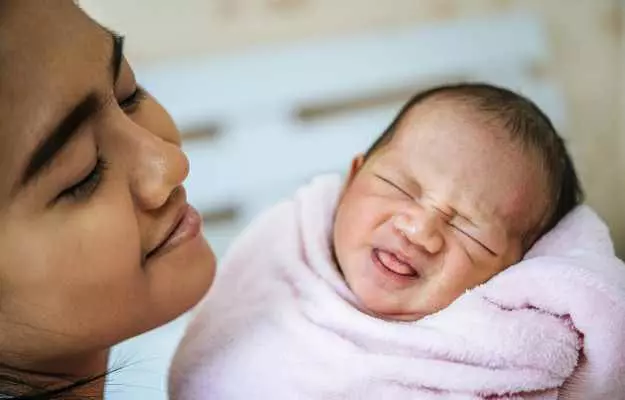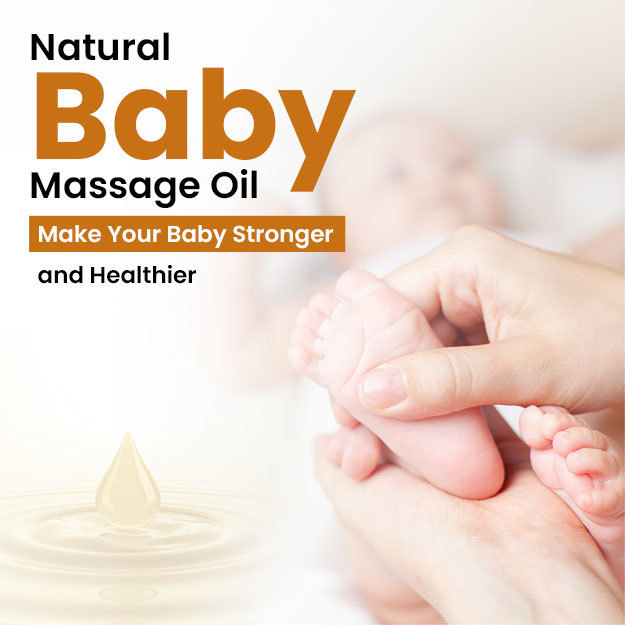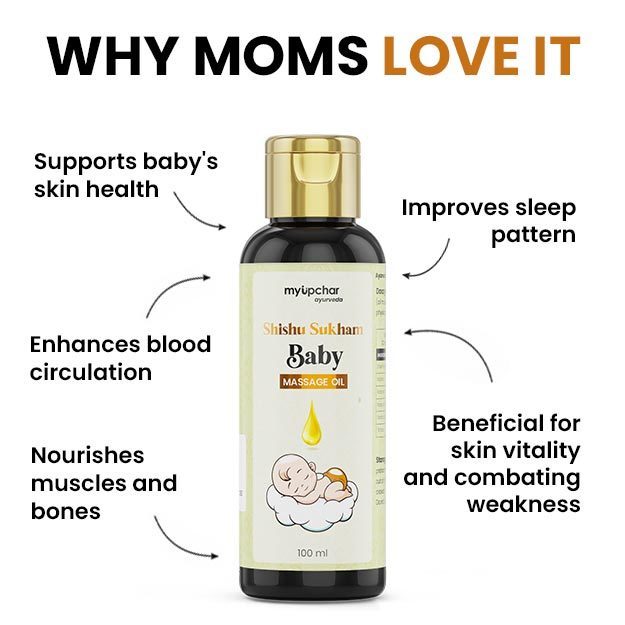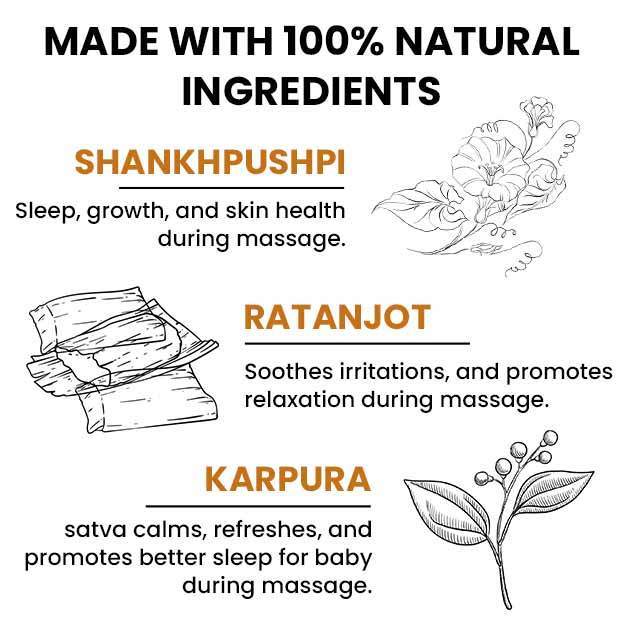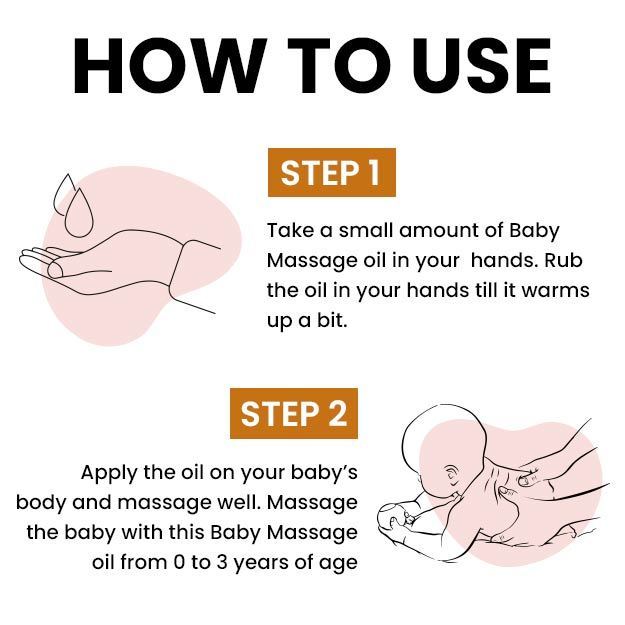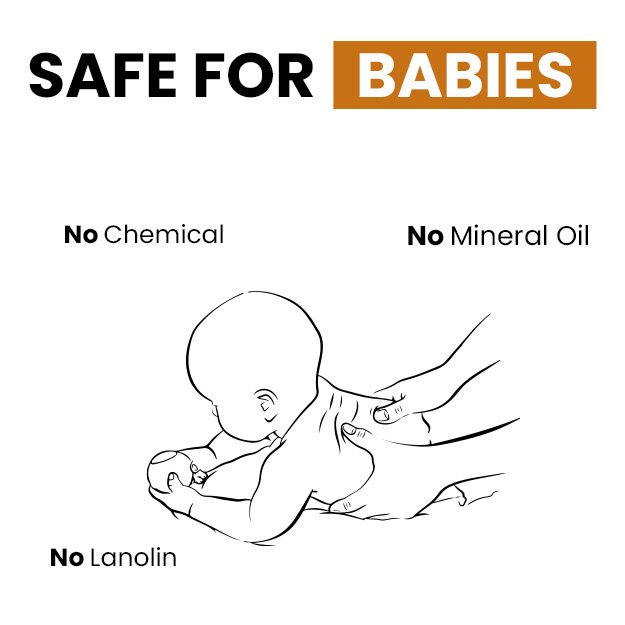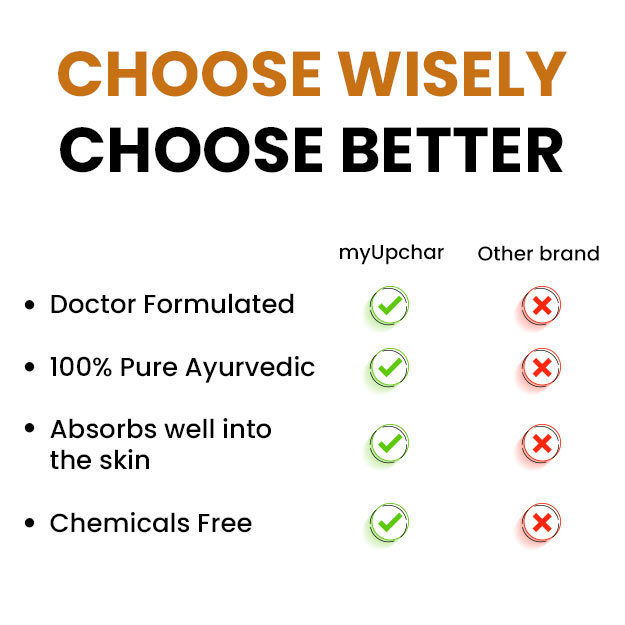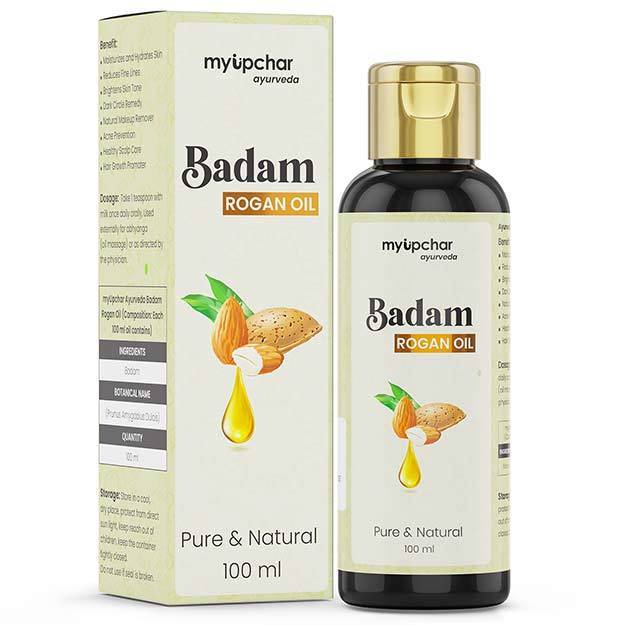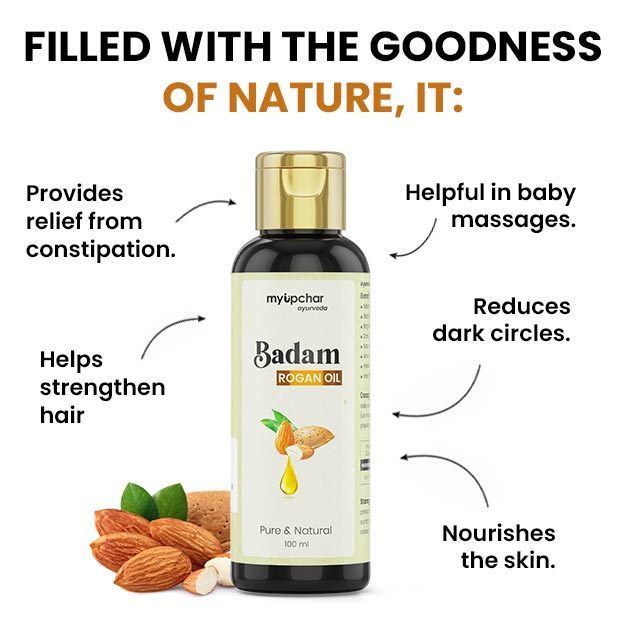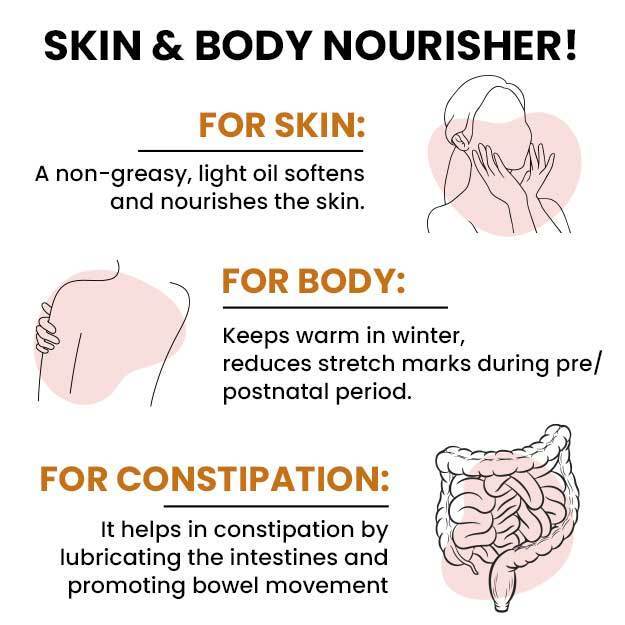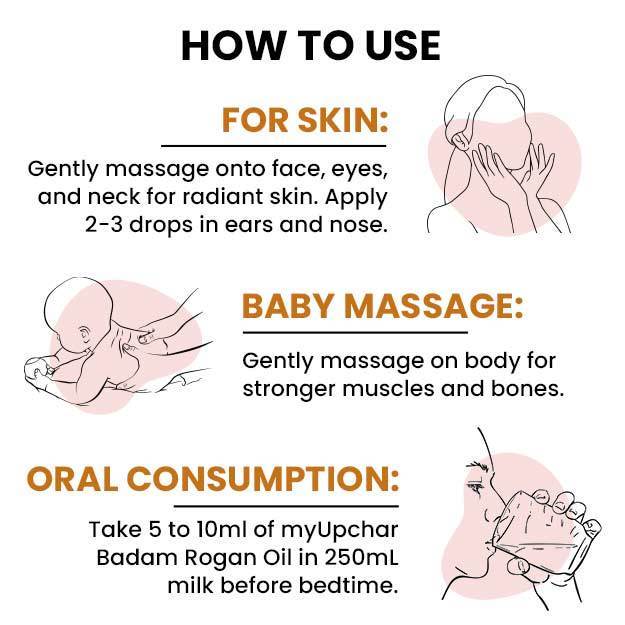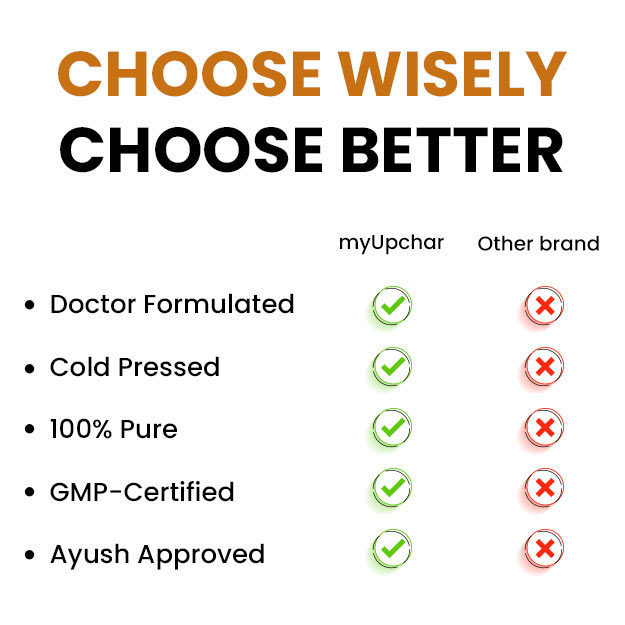As soon as the summer season arrives, many people develop rashes on their body and start feeling pricks like thorns and this is called heat rash. Not only adults but children and especially newborn babies can also have the problem of heat rash. Heat rash occurs suddenly and looks like lots of small red pimples or rashes on the skin, which may look scary, but there is nothing to be worried about. The skin of infants and children is very delicate, hence they are more prone to heat rash compared to adults.
Actually, heat rash, which some people also call prickly heat or miliaria, is a type of irritation in the skin which occurs due to the skin becoming too hot. Due to these pimples or rashes, one feels uncomfortable and also itches all the time. If the temperature where you live is very hot and your baby keeps moving around all day long, doing activities, playing sports, then it is obvious that he will sweat. In such a situation, the risk of the baby getting heat rash increases.
(Read more: Common cold in babies)
The body temperature of infants and children is usually somewhat warmer than that of adults. In such a situation, due to walking on knees, running, climbing stairs, the body temperature increases and sweat comes out, resulting in heat rash. The Centers for Disease Control and Prevention (CDC) recommends that young children get at least 60 minutes of physical activity every day. In such a situation, when you take off the baby's clothes to bathe him and you see a rash-like rash on his skin, then it could actually be heat rash.
Therefore, what is the cause of heat rash in babies, what are its symptoms, what are the treatment and home remedies and how can it be prevented from happening, we are telling you all these things in this article.

